
Stonehenge, a prehistoric monument located in England, has puzzled historians and archaeologists for centuries. Despite extensive research, the true purpose of Stonehenge remains a mystery. Explorations into various theories and the ongoing debate about the enigmatic structure’s intended use continue to intrigue and captivate.
Historical Context and Construction
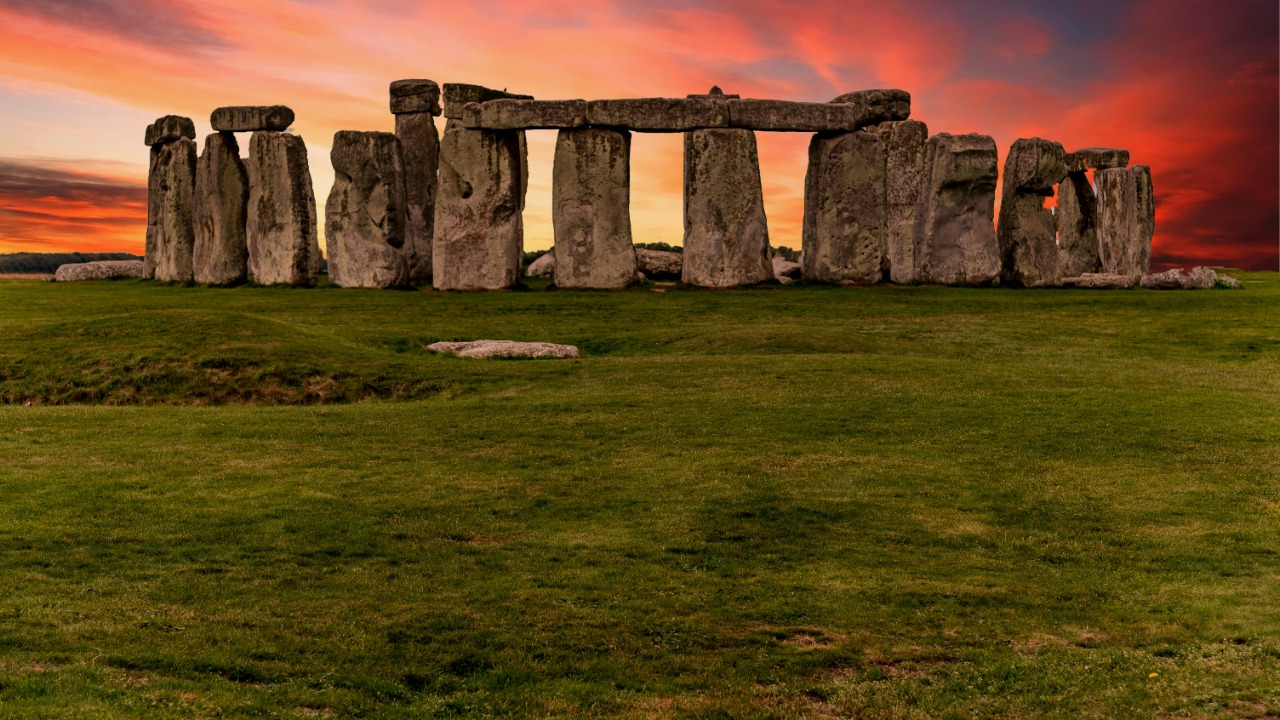
The construction of Stonehenge is believed to have occurred in several phases, spanning from approximately 3000 BC to 2000 BC. The earliest known construction involved the creation of a circular ditch and mound, known as a henge, around 3000 BC. This was followed by the erection of wooden structures and eventually the large sarsen stones set in place around 2500 BC. The construction techniques employed by the builders remain a topic of fascination and speculation, as they moved and erected massive stones using only primitive tools and methods.
The builders of Stonehenge were part of a Neolithic society, characterized by their transition from hunting and gathering to farming and settlement. This period saw significant cultural and social developments, including the construction of large communal sites. It is likely that different groups contributed to Stonehenge’s construction over the centuries, each adding to its complexity and purpose. The monument may have served various roles for these communities, reflecting changes in their social and cultural dynamics.
Astronomical Alignments and Calendrical Significance
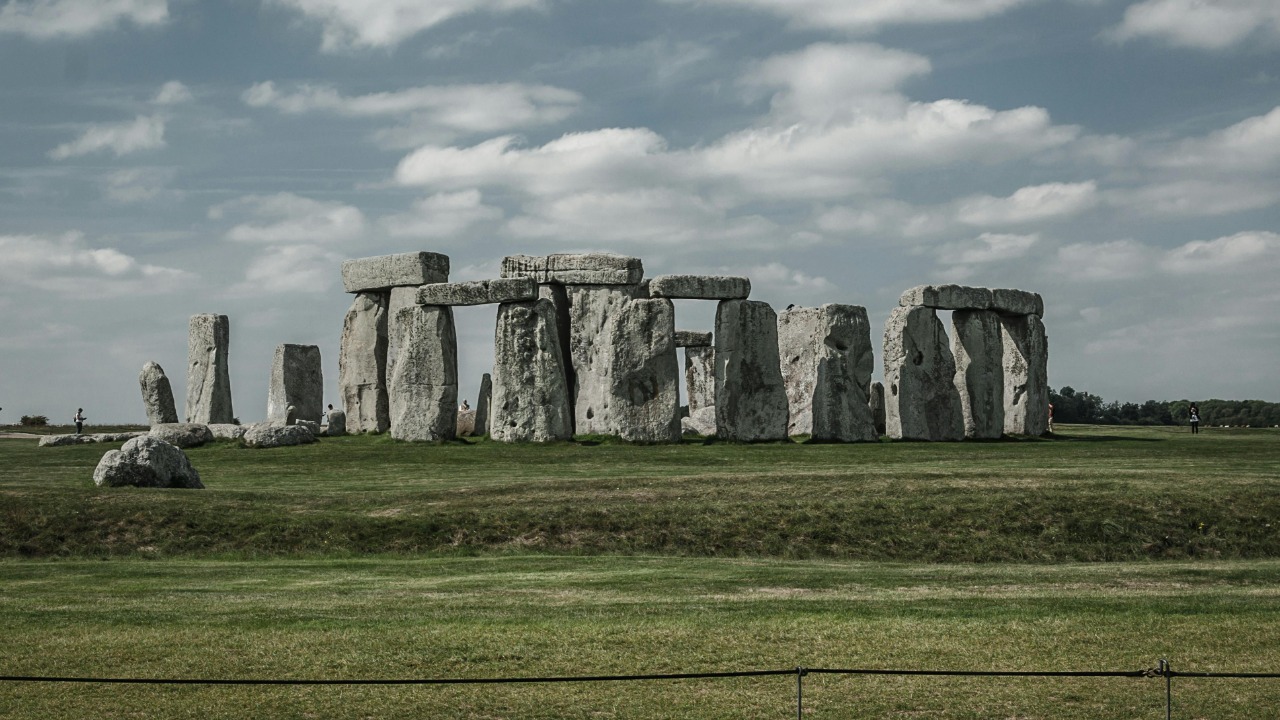
One of the most intriguing aspects of Stonehenge is its alignment with celestial events, particularly the summer and winter solstices. The monument’s layout allows for precise observations of the sun’s position at these times, leading to speculation about its use as an astronomical observatory. Some researchers argue that these alignments were intentional and suggest that the builders had a sophisticated understanding of astronomy. This theory is supported by similar alignments found in other ancient structures worldwide, such as the pyramids of Egypt and Newgrange in Ireland.
Stonehenge’s potential role as an ancient calendar is another popular theory. The arrangement of the stones may have served as a means to track the passage of time and mark important seasonal changes. This concept is not unique to Stonehenge, as many ancient cultures developed similar calendrical systems to support agricultural activities and ritual practices. The comparison with other ancient monuments suggests a widespread human desire to understand and harness the cycles of nature.
Religious and Ceremonial Functions
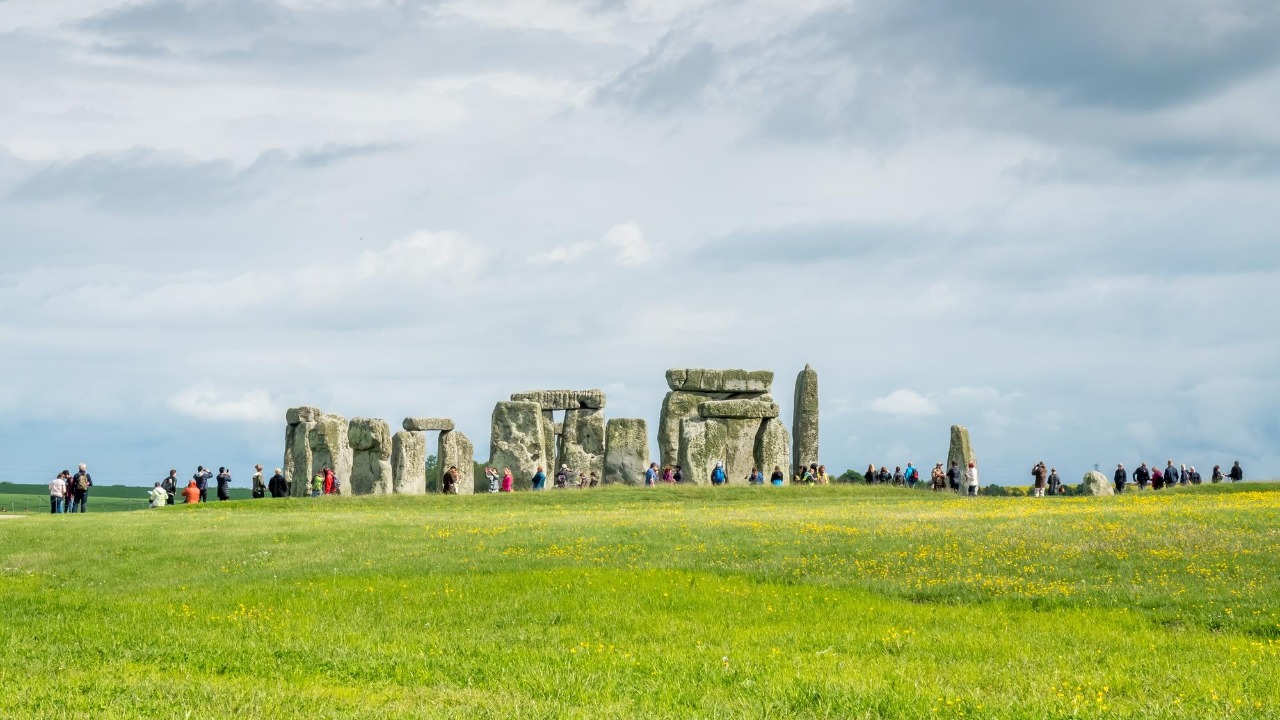
The spiritual significance of Stonehenge is another area of intense scholarly interest. The site has yielded evidence of burials and ceremonial artifacts, suggesting its role as a sacred space for religious rituals. The presence of cremated human remains and specific ceremonial objects indicates that Stonehenge may have been a site for funerary practices and other religious ceremonies. This spiritual function aligns with the broader prehistoric tradition of using monumental architecture to create spaces for worship and communal gatherings.
The theory that Stonehenge was a place of healing and pilgrimage has also gained traction. Some researchers propose that the site’s unique characteristics and alignment with natural elements may have attracted people seeking spiritual or physical healing. This idea is supported by the discovery of bluestones with potential healing properties brought from distant quarries in Wales. As a destination for pilgrimage, Stonehenge could have served as a focal point for social and cultural exchange, drawing people from across the region.
Political and Social Symbolism
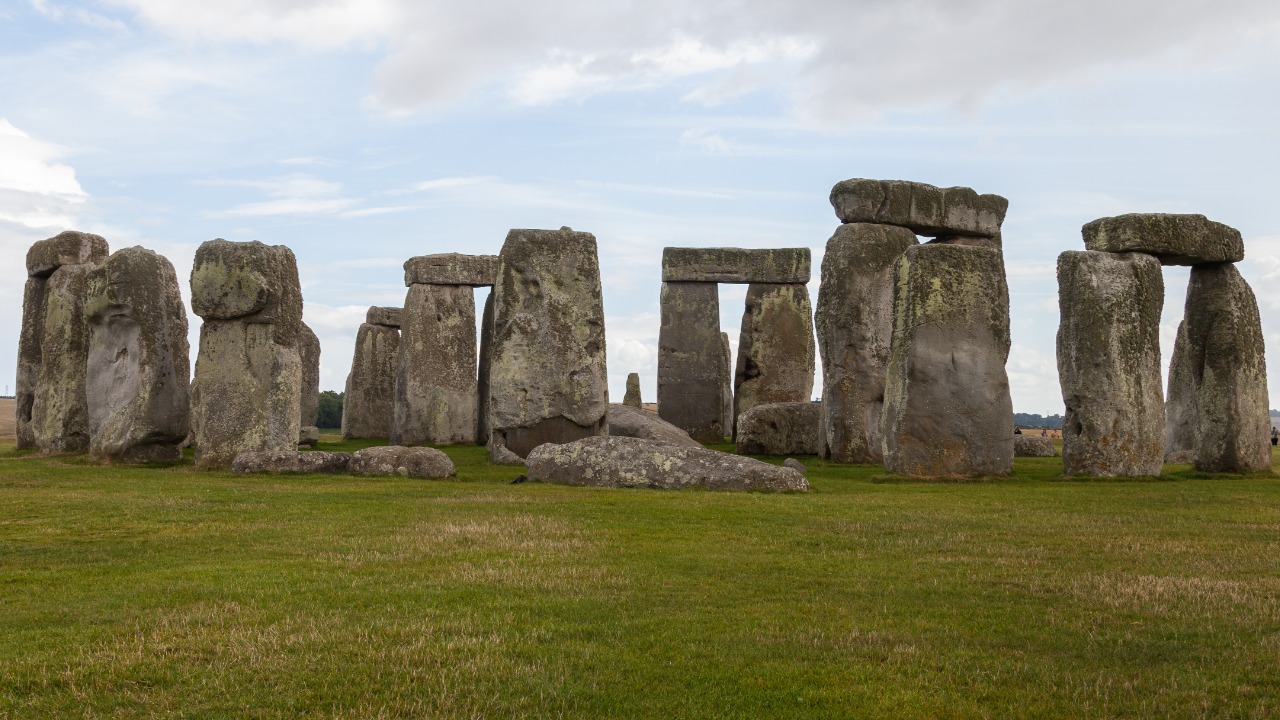
Stonehenge may also represent a symbol of political power and social unity. The enormity of the project and the resources required for its construction would have necessitated a high degree of organization and cooperation among various groups. Some scholars argue that Stonehenge functioned as a demonstration of political authority or as a unifying symbol for the communities involved. This interpretation suggests that the monument was designed to impress or intimidate, reinforcing the social hierarchy and political structure of the time. Learn more about this theory.
Beyond its potential political implications, Stonehenge may have served as a social gathering place for large communal events. Archaeological evidence of feasting and communal activities suggests that the site functioned as a center for social interaction and cultural exchange. These gatherings would have provided opportunities for strengthening social bonds and fostering a sense of community among the disparate groups that inhabited the region. Explore further insights on Stonehenge’s social role.
Modern Interpretations and Continuing Debates
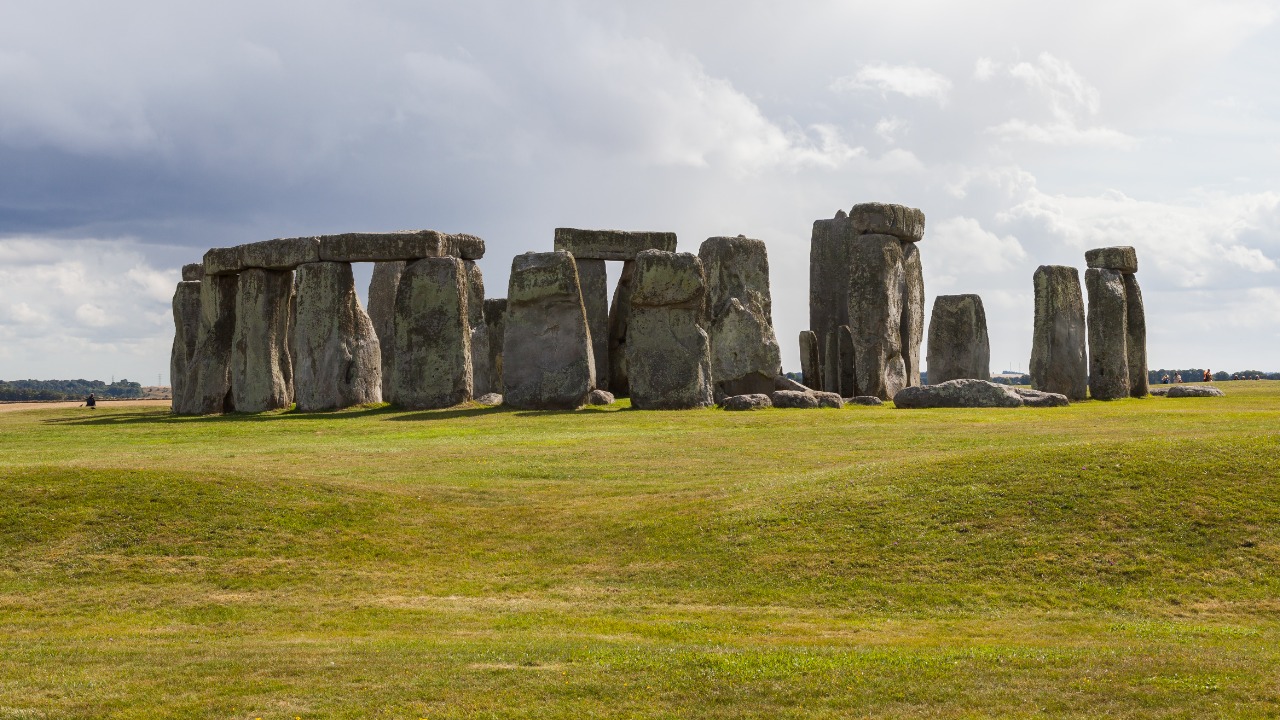
Despite the wealth of research and exploration, Stonehenge continues to be shrouded in mystery. Recent archaeological discoveries, aided by modern technology, have provided new insights into the monument’s construction and use. Techniques such as ground-penetrating radar and 3D modeling have revealed previously unknown features and artifacts, helping to refine our understanding of the site. However, these findings often lead to new questions and debates among scholars, highlighting the complexity of interpreting Stonehenge’s past. Read more about recent discoveries.
The enduring mystery of Stonehenge continues to captivate the public imagination, fueling cultural and academic discussions. The monument’s enigmatic purpose and the sheer scale of its construction inspire a sense of wonder and curiosity. As new theories and interpretations emerge, the debate over Stonehenge’s role in prehistoric society remains a vibrant and dynamic field of study. The fascination with Stonehenge reflects a broader human desire to connect with our ancient past and understand the motivations and achievements of our ancestors. Delve deeper into the ongoing debates.